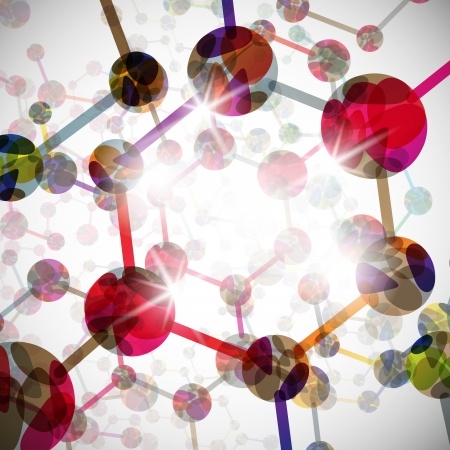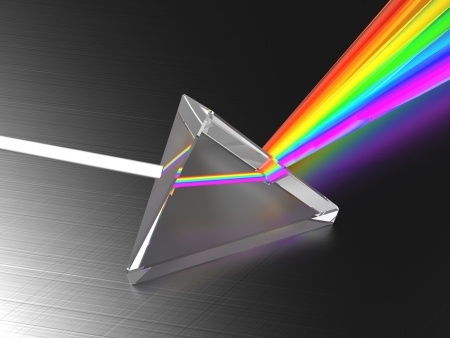Bed bugs, earthquakes, drug fingerprints, spider silk and cancer vaccine potentials – just another cool and eclectic collection of current science news stories that will captivate your students.
SciNews is published every Monday and Thursday. Stay tuned for more.
 Biology
Biology
Return of the bed bug. Science News for Students
If you haven’t met a bed bug, count yourself lucky. These bloodsucking insects have been staging a dramatic comeback in recent years. They can be found in hotel rooms, airplanes, clothing stores and, occasionally, movie theaters. Accidentally bring one or more of these lentil-sized bugs home and your family could have trouble evicting them. Read more…
Cancer vaccine? The stuff of science fiction on McMaster’s doorstep. Hamilton Spectator
New treatments harnessing one’s own immune system to fight cancer and keep it from recurring seem the stuff of fantasy, even to the McMaster University researcher who may be on the verge of such vaccine discoveries.
Brian Lichty has worked on cancer-fighting vaccines with two University of Ottawa researchers for more than 15 years. This week, their discoveries led to the establishment of a new company called Turnstone Biologics Inc. Read more…
Chemistry

Exploring mechanics of spider silk to design materials with high strength and low density. Science Daily
Researchers explore the mechanics of silk to design materials. Coupling multiscale modeling with emerging microscale 3D-printing techniques, the team enabled a pathway to directly fabricate and test synthetic web structures by design. The lessons learned through this approach may help harness spider silk’s strength for other uses, and ultimately inspire engineers to digitally design new structures and composites that are reliable and damage-resistant. Read more…
New test detects drug use from a single fingerprint. Science Daily
A new, non-invasive test that can detect cocaine use through a simple fingerprint has been presented by researchers. For the first time, this new fingerprint method can determine whether cocaine has been ingested, rather than just touched. Read more…
Physics
Physicists Are Philosophers, Too. Scientific American
In April 2012 theoretical physicist, cosmologist and best-selling author Lawrence Krauss was pressed hard in an interview with Ross Andersen for The Atlantic titled “Has Physics Made Philosophy and Religion Obsolete?” Krauss’s response to this question dismayed philosophers because he remarked, “philosophy used to be a field that had content,” to which he later added, Read more…
Earth and Space Science
Major new quake rattles Nepal. Science News for Students
A magnitude 7.3 earthquake rattled eastern Nepal on May 12. It’s the largest quake to hit since a massive 7.8 magnitude quake devastated the region 17 days earlier. That earlier quake killed more than 8,000 people.
The new earthquake occurred roughly 80 kilometers to the east-northeast of the Nepal’s capital city, Kathmandu. It took place where the India tectonic plate is converging with the Eurasian plate at a rate of 45 millimeters (almost 1.8 inches) per year. Part of the collision is helping to raise the Himalayan mountain range a bit each year. Read more…
Dawn Spacecraft Images Reveal “Ice Rinks” on Ceres. Scientific American
Something weird is happening on the dwarf planet Ceres, which at 950 kilometers wide is the largest object in the Asteroid Belt. Since its arrival in Ceres’s vicinity earlier this spring, NASA’s Dawn spacecraft has glimpsed mysterious, highly reflective bright spots dotting the surface. No one yet knows what exactly they are or how they got there. Read more…



